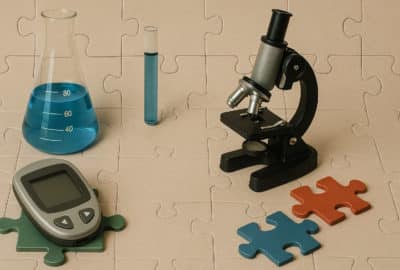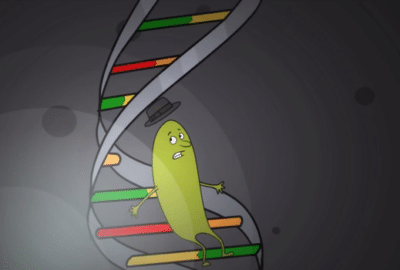A smart patch that promotes shoulder repair
Thursday 27th Jun 2019, 10.57am
A smart patch that promotes shoulder repair. Tearing of the rotator cuff tendons results in a debilitating and painful condition affecting around 25% of the population over the age of 60. But a new smart patch could transform traditional surgeries
What is the rotator cuff?
The shoulder joint has the most extensive range of motion in the human body, which is achieved through its structure. The muscles of the shoulder act to stabilise this highly mobile joint, and dynamically function together to perform a wide range of motions. The rotator cuff muscles apply forces through the shoulder, to the upper arm bone (termed the humerus) to move the arm. In addition, the rotator cuff provides structural integrity to the shoulder joint, holding everything in place. The rotator cuff consists of four muscles, which end in short, flat, broad tendons which fuse intimately with the capsule of the joint to form the musculotendinous cuff – a supporting and strengthening structure of the shoulder joint. This keeps the head of the humerus bone firmly within the shallow socket of the shoulder.
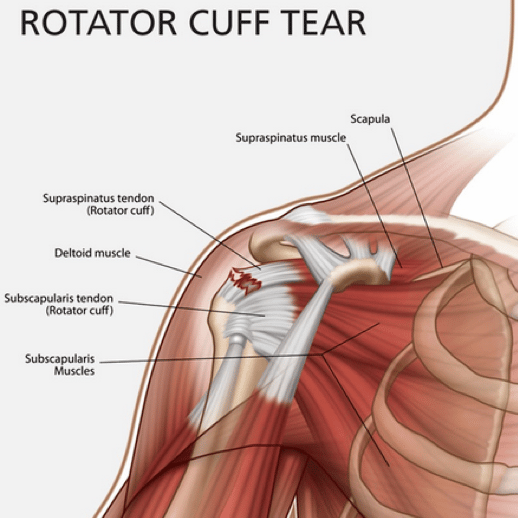
Image from: https://physiologicnyc.com/rotator-cuff-tear-treatment/
What is the rotator cuff used for?
The rotator cuff is critical for many common day to day movements, such as raising and rotating your arm, protecting your shoulder joint and moving your arms over your head. These movements are possible through a complex interplay of processes occurring in the rotator cuff’s muscles and tendons, that are made to look easy when your body is functioning well. Shoulders do a lot of important things you might take for granted. They are especially important when performing actions such as getting something off a high shelf, playing tennis, swimming or even simple actions such as brushing your hair.
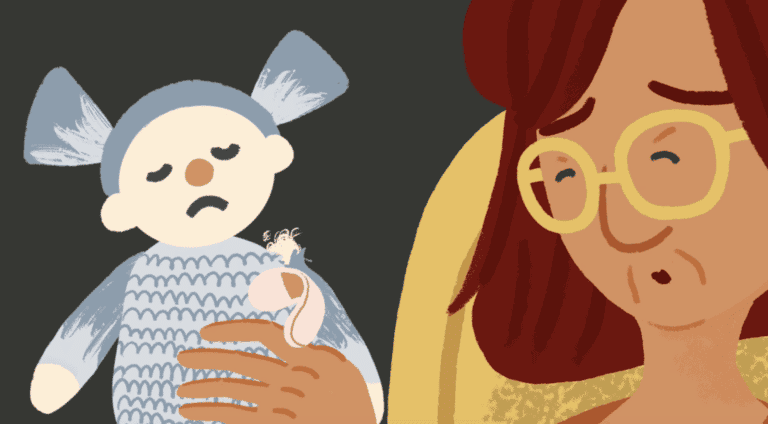
Rotator cuff tears are one of the most common shoulder complaints, with the prevalence of approximately 25% in those older than 60 years of age. Cuff tears are either traumatic or degenerative. Traumatic tears are rare and are due to significant trauma, whereas degenerative tears are far more frequent, and their cause is more complex. The rotator cuff is weakened by both intrinsic factors, such as impaired blood flow and alteration of the elastic properties of the tissue itself during aging, and extrinsic factors, such as mechanical stress and repetitive movements. These factors will lead to gradual failure of tendon, which can in some cases cause a rotator cuff tear. Unrepaired tears grow in size and very large tears are associated with joint failure and the development of secondary osteoarthritis. Tears can result in a significant loss of function and pain for the patient, especially larger tears.
Creating a new technology…
There are several currently existing options for surgical treatment. Currently around 10,000 rotator cuff repairs are carried out in England and 400,000 in the USA every year. Rates of surgery have increased by over 700% in the past decade in England, and the annual treatment cost to the NHS is around £58 million. Unfortunately, around 40% of these surgical repairs fail which can result in long term disability and reduced quality of life. There is a clear need for more successful approaches to repair. Synthetic and tissue-based patches have been used for some time to strengthen damaged tissue in small rotator cuff lesions. In these cases, they give moderately good results, but when they are used in large lesions, results are unsatisfactory.
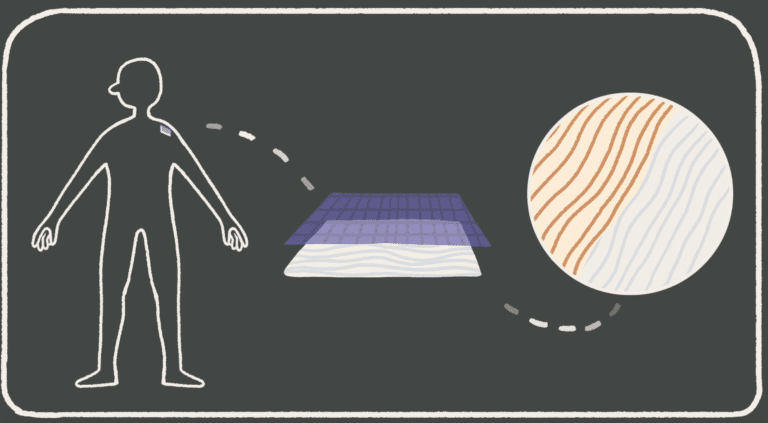
We have developed a new biodegradable polymer scaffold, which is made of a combination of synthetic degradable fibres that mimic a normal tendon, and a synthetic woven material that gives it strength. We used a fibre production method called electrospinning, allowing for a production of submicronfibers with remarkable features such as large surface area and high porosity, making them well suited to act as biological substitute to restore, maintain and improve tissue function. Furthermore, electrospun fibers in the patch act as a scaffold which offers mechanical as well as biological influences to guide the maturation and integration of cells to form new tendon tissue. We believe our patch will facilitate better healing when used to reattach tendon to the bone.
Using synthetic polymers
The synthetic polymers used in the patch are already in common use in surgery as sutures, and have an excellent safety record. Our extensive research so far has revealed that tissue healing could be improved through the use of these materials. We are now preparing to evaluate our patch in patients with rotator cuff tears. We are manufacturing our product under clean conditions and aim to gain approval from the regulators to undertake a clinical trial in patients to determine if the patch can be used safely, and if surgeons can easily use it to treat rotator cuff tears. If successful, we then hope to involve commercial partners to allow scale up and more widespread use of the patch. Patients have been involved in this project from its outset and will continue to be involved throughout the clinical trial and during dissemination of the findings. We aim to reduce significantly the current failure rate of surgery and to improve patient outcomes. In the future, this technology has potential for use in a much wider range of surgical procedures!





